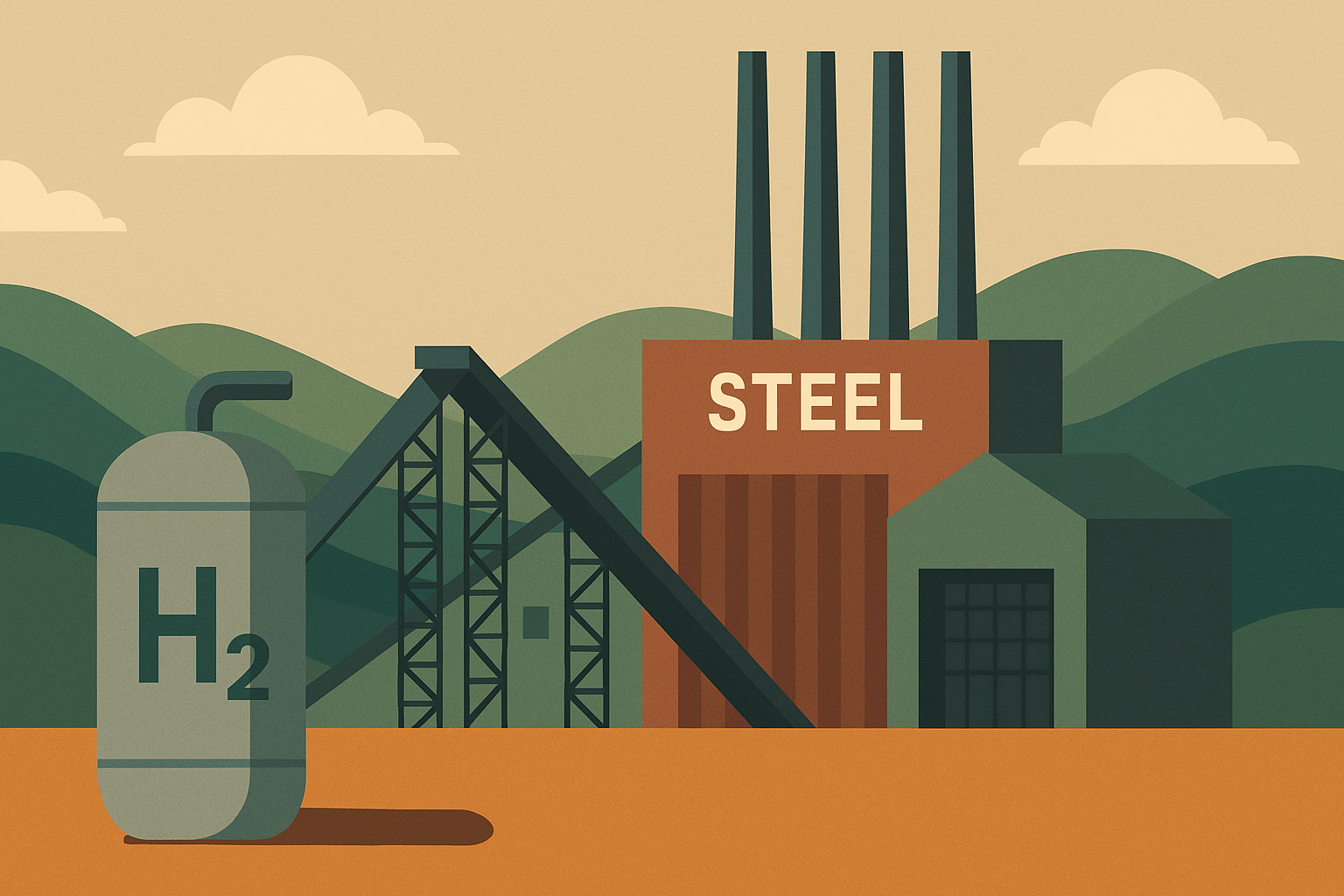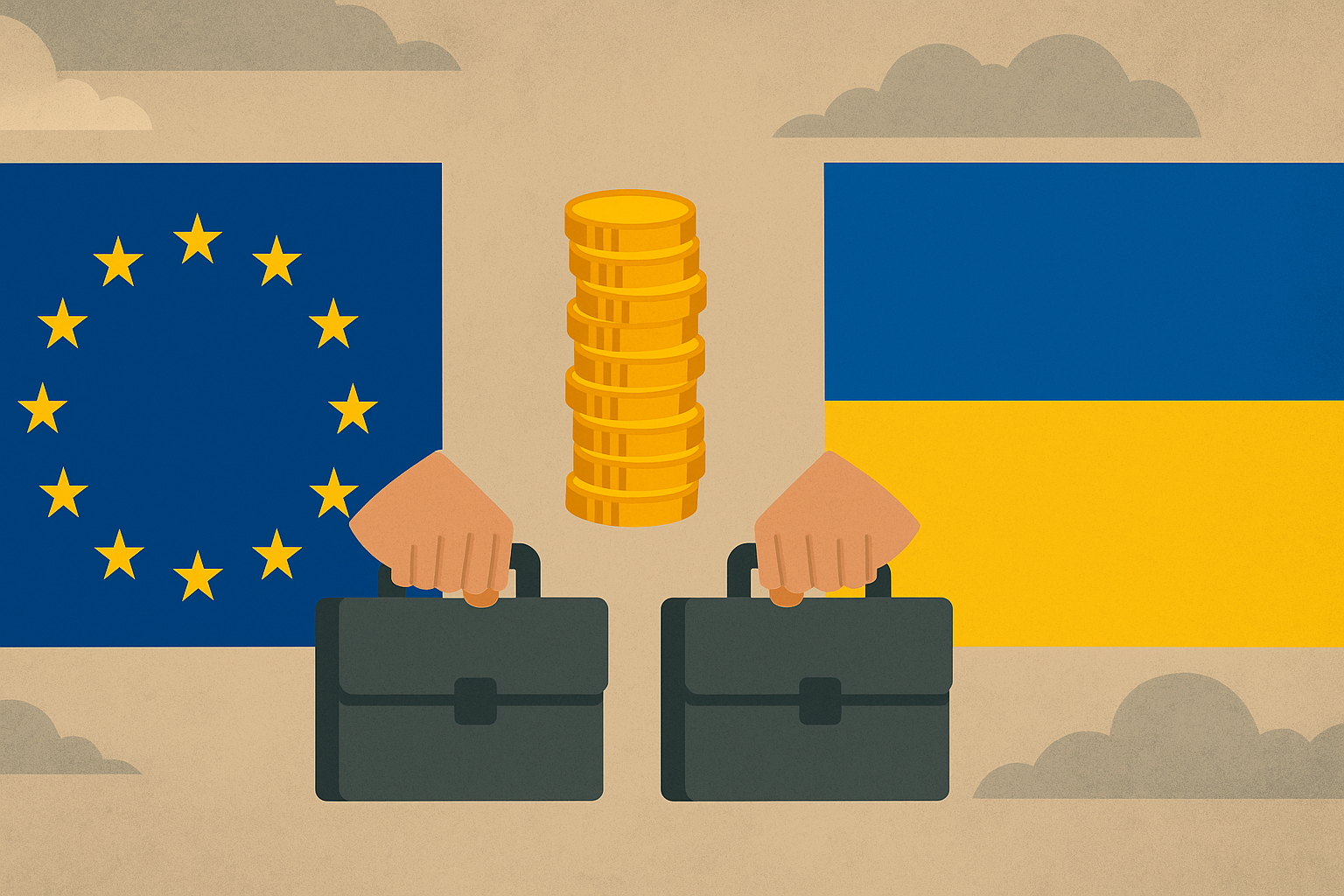Sweden’s green industrial ambitions are getting a second chance with Stegra, a hydrogen-powered steel start-up that may succeed where battery maker Northvolt famously failed. Both companies once symbolized Europe’s clean-tech aspirations, drawing billions in funding and global attention. But while Northvolt collapsed after burning through $15 billion in investor money, Stegra’s project — though facing challenges — is built on a more solid economic foundation.
From Northvolt’s Collapse to Stegra’s Rise
Northvolt’s fall shattered Europe’s dream of a homegrown battery supply chain. The company struggled with massive cost overruns, production delays, and tough competition from China’s established battery giants. Stegra, by contrast, is betting on a different formula: producing steel using hydrogen instead of coal, a method that relies less on technological disruption and more on access to cheap, renewable energy.
The company’s €6.5 billion fundraising has run into headwinds as construction costs rise — its flagship plant is now 60% complete and about €1 billion over budget. Still, analysts say the fundamentals remain promising. Sweden’s abundant renewable power gives Stegra a significant cost advantage in energy-intensive steelmaking.
The Numbers Behind the Promise
Stegra estimates its production costs — including iron ore, labour, electricity, and hydrogen — at around $600 per tonne, while “dirty” steel in Europe currently sells for about $675 per tonne. Add to that the value of carbon savings and green premiums from environmentally conscious buyers, and the math looks favourable.
If large customers such as Microsoft pay a $200 “green premium” per tonne, Stegra could achieve a cash margin of roughly $300 per tonne. With an initial output of 2.5 million tonnes annually, that margin would represent about 10% of its initial $7.5 billion capital investment — with plans to double production by 2030.
Risks and Realities
The projections remain optimistic. Large industrial projects often face delays and lower-than-expected efficiency. Meanwhile, political momentum behind the green transition has wavered in parts of the world, raising doubts about sustained customer willingness to pay higher prices for eco-friendly steel.
Nonetheless, experts see Stegra’s business model as structurally stronger than Northvolt’s. It operates in a sector with fewer dominant global rivals and benefits from Europe’s push to decarbonize heavy industry — a policy area where momentum is still strong.
Outlook
While investor sentiment toward large green ventures has cooled, Stegra’s project retains a plausible path to profitability. It may need to restructure its financing or accept investor dilution, but the underlying economics — anchored in Sweden’s renewable energy advantage — remain sound.
In a capital market increasingly wary of unproven green-tech bets, Stegra could emerge as a rare success story — one that shows Europe’s climate ambitions still have industrial potential, provided projects are built on pragmatic economics rather than hype.








